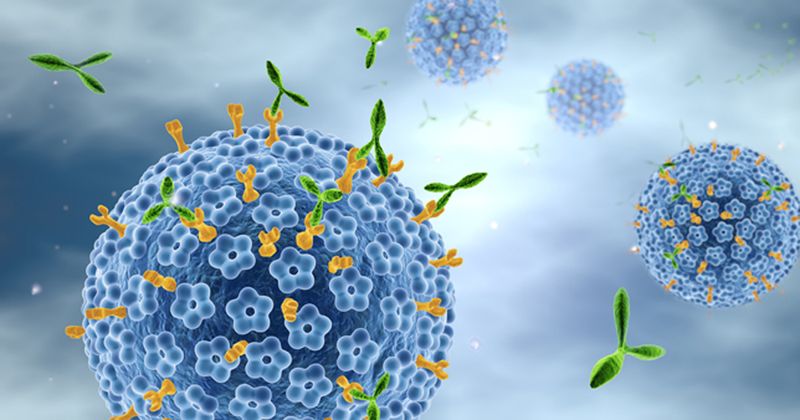Top stories for Cervical Cancer Awareness Month
Cervical cancer is the fourth most common cancer among women, according to WHO. In 2018, it caused an estimated 311,000 deaths worldwide.
HPV is the cause of nearly all cervical cancer cases. WHO estimates that cervical cancer could be the first cancer to be eliminated if 90% of girls are vaccinated against HPV, 70% of women are screened and 90% of women with cervical disease receive treatment.

However, negative perceptions of the HPV vaccine due to misinformation has contributed to low vaccination rates, according to recent research. Moreover, survey data revealed that many women have never been offered the HPV vaccine by their medical providers or received cervical cancer screening. In addition, many transgender men and nonbinary individuals reported barriers to cervical cancer screening despite being at high risk.
In recognition of Cervical Cancer Awareness Month, Healio compiled a list of 10 stories on cervical cancer and HPV vaccination efforts from 2021:
Misinformation fuels significant increases in HPV vaccine refusal
Between 2015 and 2018, the proportion of parents and caregivers who refused the HPV vaccine for their adolescents due to safety concerns increased 79.9%, according to findings published in JAMA Network Open. Read more.
Survey suggests some women are never offered the HPV vaccine
In a small survey study, 60% of women seeking fertility care reported receiving at least one dose of the HPV vaccine, while 50% reported that they have never been offered the vaccine by their medical providers. Read more.
Many women who never received HPV vaccine also not up to date on cervical cancer screening
A considerable proportion of women who never received an HPV vaccine also never underwent cervical cancer screening or were not up to date on screening in 2019, according to findings published in JAMA Network Open. Read more.
Transgender men, nonbinary people lack information on cervical cancer screening
Many transgender men and nonbinary people assigned female at birth reported barriers to cervical cancer screening, according to results of a cross-sectional survey. Read more.
HPV self-sampling could boost cervical cancer screening rates in transgender men
Alternative options for cervical cancer screening, such as self-sampling HPV tests, could increase screening uptake among transgender men, according to research results. Read more.
Self-reported HPV vaccination rates ‘low,’ but increase over time
Self-reported HPV vaccination rates among young men and women aged 18 to 21 years were “low” but rose over time, researchers wrote. Data also showed that overall HPV vaccination rates among men trailed behind women. Read more.
HPV vaccination intervention promotes decision-making among adolescents
An HPV vaccination intervention that was implemented in schools modestly improved psychosocial vaccine-related outcomes like decision-making in adolescents, according to findings published in JAMA Network Open. Read more.
Videos reduce HPV vaccine hesitancy among parents
During a communication experiment, brief videos of a pediatrician announcing to parents that their child is due for an HPV vaccine and easing their concerns reduced HPV vaccine hesitancy, data showed. Read more.
High-poverty areas may lag behind others in cervical cancer elimination
Although cervical cancer elimination appears to be within reach in the United States, a predictive model anticipated an approximately decade-long gap between low-poverty and high-poverty areas of the country in achieving this goal. Read more.
HPV in young children most prevalent at birth
A Finnish study involving more than 300 children found that oral HPV was prevalent in nearly 23% of newborns and persisted in approximately 15% of children for a mean of about 20 months, researchers reported in Emerging Infectious Diseases. Read more.
References:
National Foundation for Infectious Diseases. Cervical Cancer Awareness Month. https://www.nfid.org/tag/cervical-cancer-awareness-month/. Accessed Dec. 27, 2021.
WHO. Cervical cancer elimination initiative. https://www.who.int/initiatives/cervical-cancer-elimination-initiative. Accessed Dec. 27, 2021.
